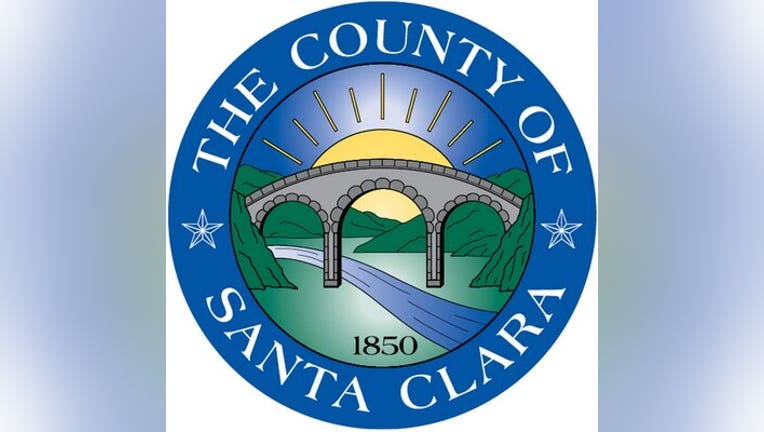Report shows diversity of Santa Clara County populations not reflected in representatives

SANTA CLARA COUNTY, Calif. - Surprising numbers show a critical lack of diversity among elected officials in the Bay Area, according to a report released Thursday by the Bay Area Equity Atlas, an effort focused on quantifying racial and economic inequality in the region.
Sixty percent of the population is made up of people of color while they hold just 29 percent of top elected posts.
Dozens of the Bay Area's 101 municipalities are without black, Latinx or Asian and Pacific Islander officials.
Why is diversity so important?
"It does help to address issues that are happening in our community," Kimi Lee, director of Bay Rising, a regional civic engagement organization, said.
Bay Rising is the only regional civic engagement organization that organizes with working class and people of color as voters in the Bay Area year-round. It partnered with the Bay Area Equity Atlas on the report.
Lee said, for example, that childcare has not been a campaign expense in the past, but childcare is a real expense for a woman running for office working 12 to 14 hours a day.
Lee doesn't find the numbers showing the lack of diversity surprising.
"They're not shocking," she said, based on what she ahs seen organizing and working with social justice groups for about 30 years.\
She said everyone Bay Rising lobbies is white.
Strikingly, none of the top elected officials in Santa Clara County are Asian and Pacific Islander, while 42 percent of the population identifies as that background.
"It's a little bit shocking," Richard Konda, executive director of the legal services firm Asian Law Alliance, said.
What's more surprising, he said, is the lack of Asian and Pacific Island representation on the Santa Clara City Council, which has never had an Asian-American elected to any of its seats even though more than 40 percent of the population is of that race.
That fact prompted a lawsuit in 2018 that forced the city to hold district-based elections rather than at-large-based elections. Currently Santa Clara has six city council districts.
But Measure C on Tuesday's ballot would decrease the number of districts to three, something the Asian Law Alliance opposes, Konda said.
In the upcoming county elections, Konda said, two Asian and Pacifica Islanders are running for a seat on the Board of Supervisors and former U.S. Rep. Mike Honda once held a board seat.
Among Latinos, who will be the largest ethnic group in Silicon Valley by 2025, Chava Bustamente, executive director for Latinos United for a New America, said the disparity makes him angry because so much work has been done and yet few changes have occurred.
"I don't like it that we have so much ground to cover to catch up," he said.
That's at least one reason his group is advocating for the Fair Elections Initiative in San Jose, which would move the mayoral election to a presidential election year from a mid-term election year when fewer Latinos vote. The initiative may be on the November ballot.
Bustamente said 16 to 20 percent more Latinos vote in a presidential election year than a mid-term year.
"That 16 to 20 percent could be a decisive factor in the mayoral election," he said.
According to the report by the Bay Area Equity Atlas, Latino and Asian and Pacific Islanders make up 50 percent of the Bay Area population while just 13 percent of top county-level elected officials are of those backgrounds.

